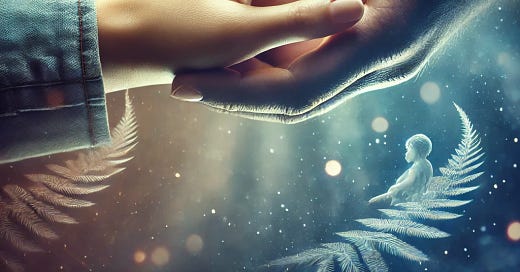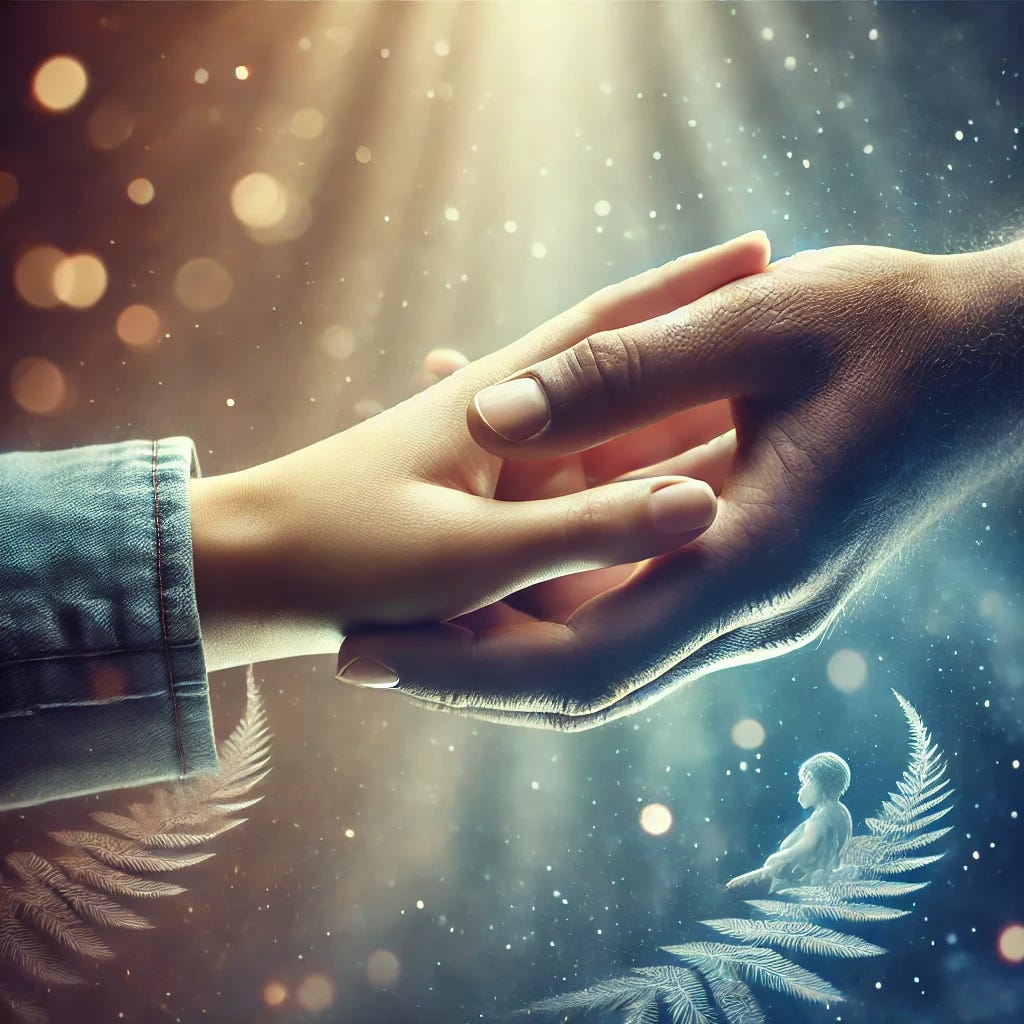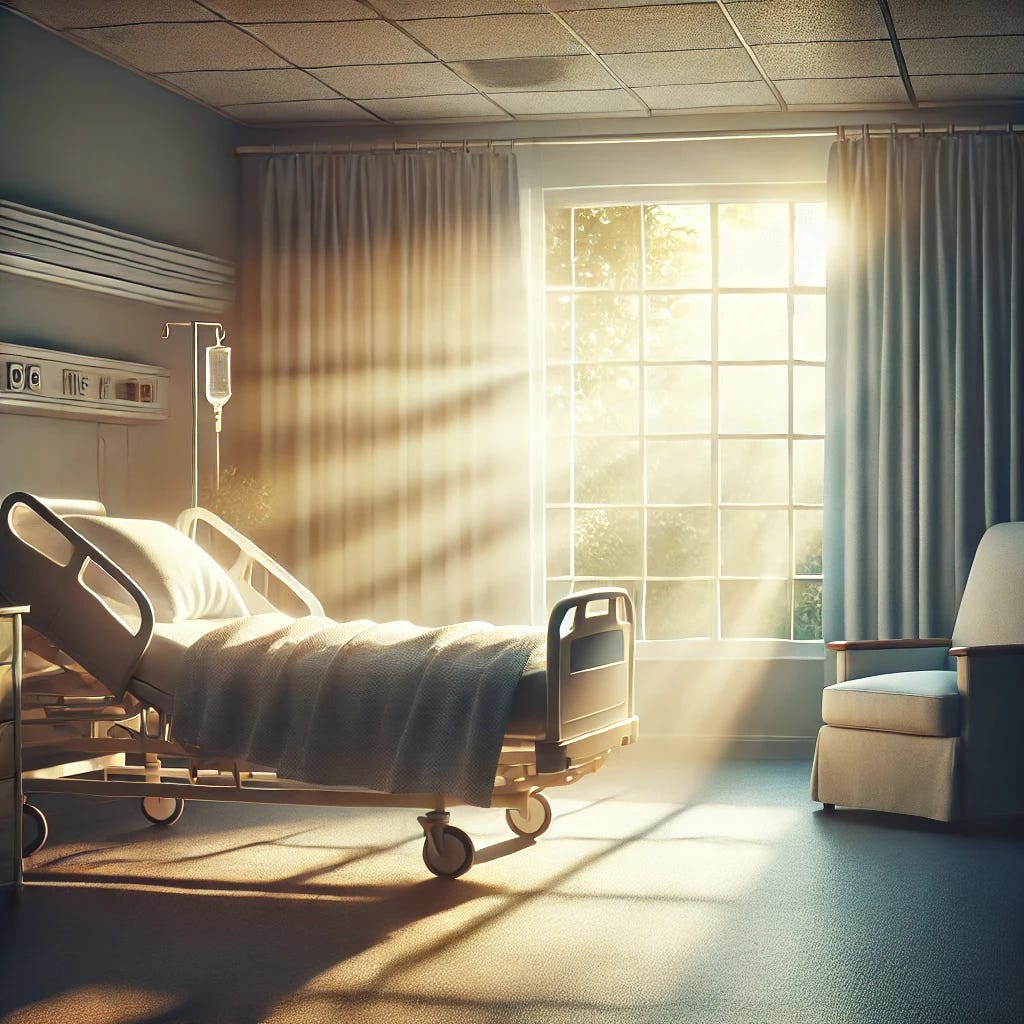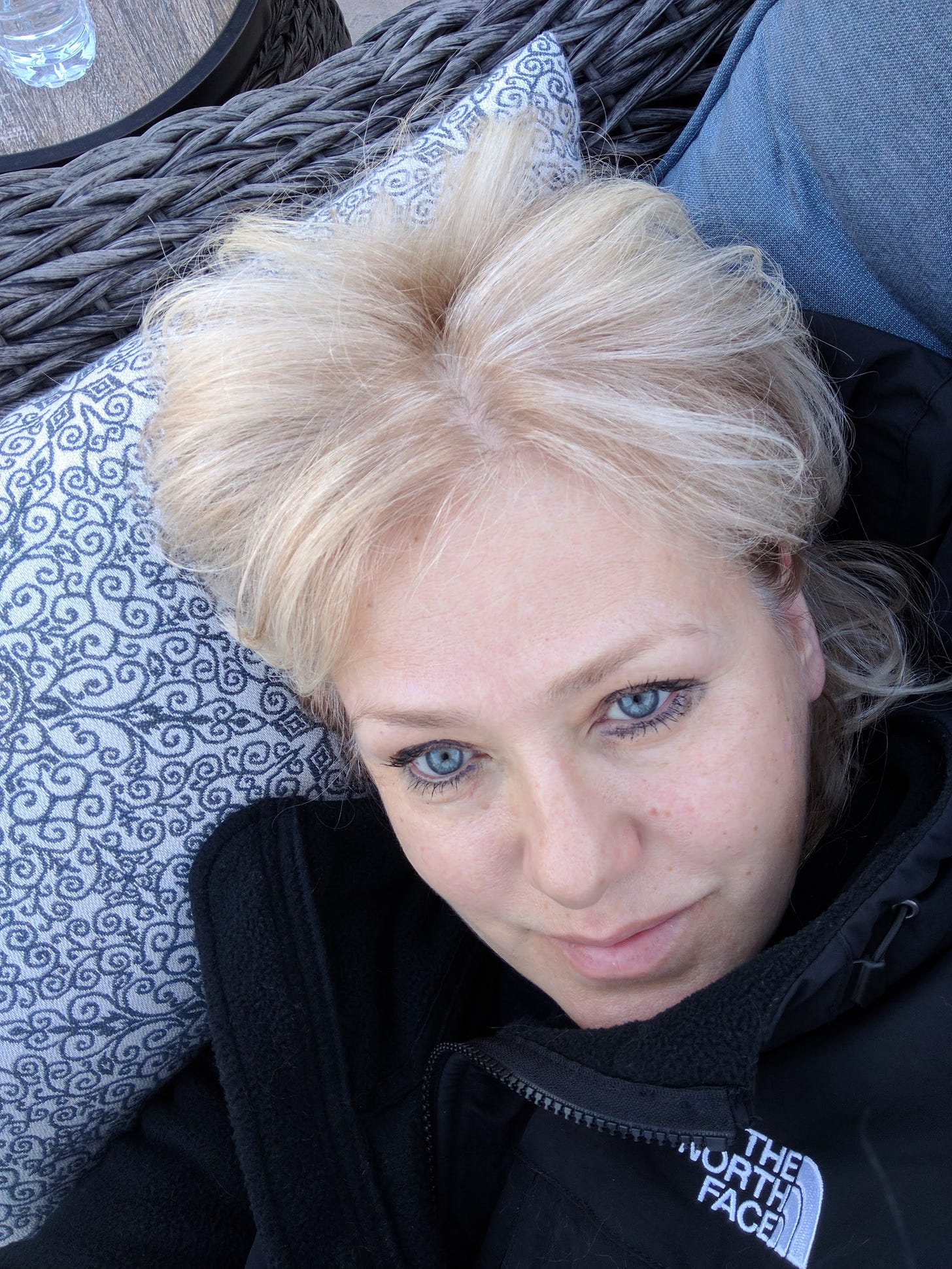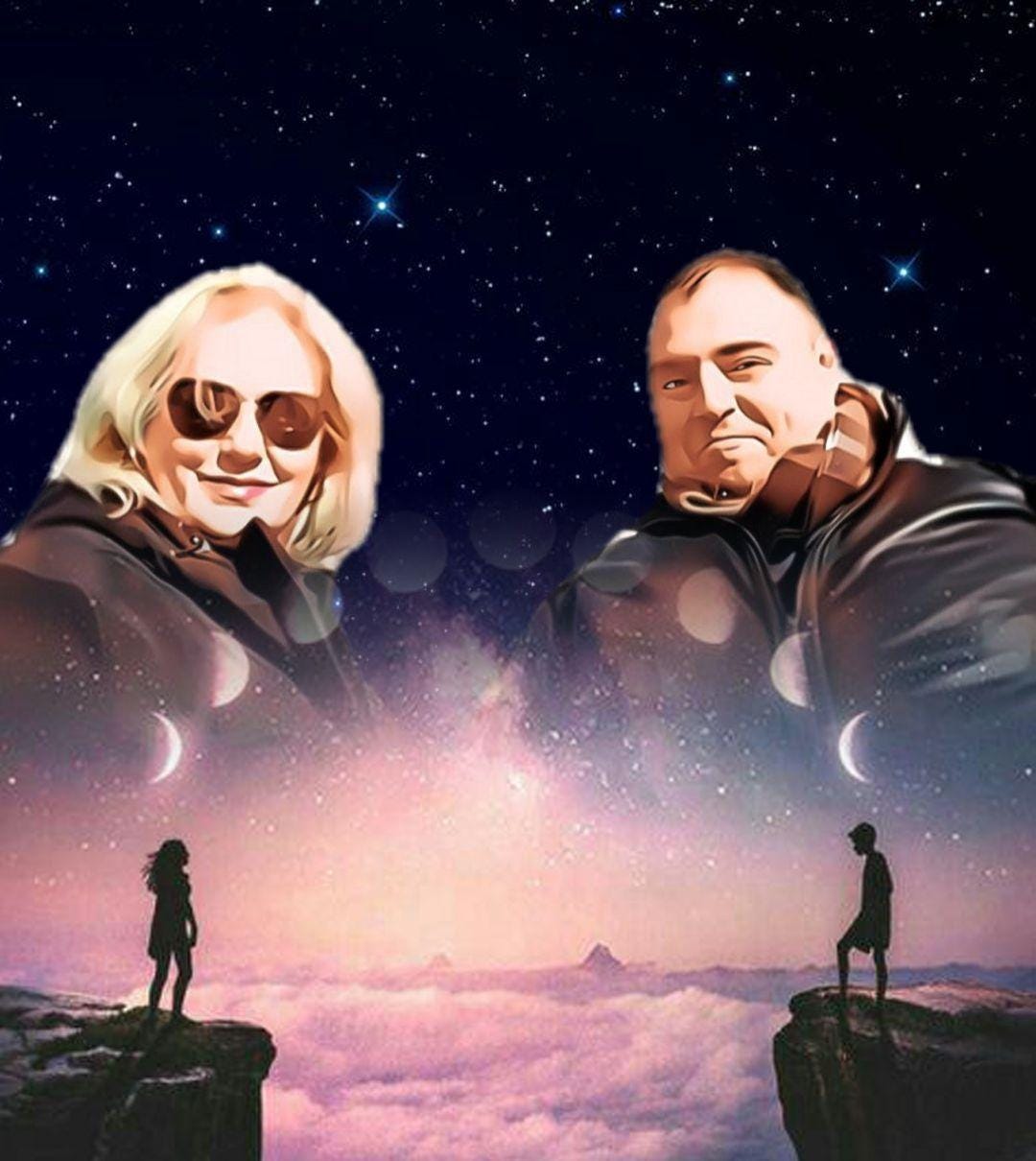My journey with my wife Olga was one marked by deep love, shared dreams, and the trials of an unexpected and devastating illness. We married in 2006, two people brought together by our shared passion for education and commitment to each other. Olga had attended a training I was giving for teachers at LA Unified, and a year later, I asked her out. Soon after, we moved in together and were married. It was a wonderful beginning. For years, we built our lives and careers together, and I grew to admire her resilience, intelligence, and the joy she brought to every day. But in 2017, eleven years into our marriage, our lives changed in ways I could never have anticipated.
That year, Olga began experiencing numbness on the right side of her body. After extensive tests, her doctors discovered a cavernous malformation on her brain stem—a tangled cluster of capillaries that looked like a tiny raspberry, deep within one of the most sensitive areas of her brain. Surgery removed it, but not without complications; she was left with neuropathy and vision issues. Yet, as challenging as her symptoms were, she adapted, facing the nerve pain every day with remarkable resilience. She learned to manage it and continued on with her life, inspiring me every step of the way.
Then, in 2018, just as we began to settle back into our routine, Olga started to experience weakness in her right hand. Initially, I thought this might be a lingering effect of her earlier surgery and nerve issues. But as the symptoms grew worse, her neurologist suggested a muscle conduction test to help us find answers. After months of doctor visits, tests, and hopeful speculation, we received the diagnosis: amyotrophic lateral sclerosis, or ALS. It felt like a tidal wave hit us. The doctors informed us of her prognosis—a mere two to three years—and advised Olga to quit her job, apply for disability, and “get her affairs in order.” I remember feeling shattered and helpless, unable to process the enormity of what we were facing.
ALS is relentless. It severs the connection between the brain and muscles, making even the simplest movements impossible over time. The brain signals that once told Olga’s muscles to move were gradually cut off, like strings of a marionette snapping one by one. At first, it was small things—tremors, spasms—then full weakness, followed by loss of function. Eventually, she struggled with basic functions like swallowing and breathing. Watching Olga go through this, I felt powerless, as if I was watching her slowly fade away before my eyes. I tried to educate myself as much as possible, trying to understand what was happening in her body, but the more I learned, the more I feared what lay ahead.
The existing treatments offered little relief. The FDA-approved drugs for ALS extended life by only a few months, with high costs and limited benefits. I was determined to find something that would offer us hope, and through my research, I discovered BrainStorm Cell Therapeutics and their experimental treatment, NurOwn. NurOwn’s approach was groundbreaking, aiming to use a patient’s own stem cells to repair damaged neurons. Stem cells were harvested from the patient’s bone marrow, modified to produce neurotrophic factors—natural compounds that nourish and protect nerve cells—and then injected back into the spinal cord. Early trials showed promise, and a few people even regained some functions. One person’s story in particular, that of fighter pilot Matt Bellina, filled me with hope. After receiving NurOwn, he had regained his ability to walk and bike—an outcome that seemed miraculous.
For a time, I allowed myself to dream that NurOwn could be the breakthrough we needed. BrainStorm had completed Phase 1 and Phase 2 trials, and I eagerly awaited the results of the Phase 3 trial, set to conclude in 2019. I thought that, just maybe, the FDA would fast-track it, as they had done with other promising treatments in the past. I hoped that within a year or two, NurOwn might be available, giving Olga a chance to beat the odds.
But that hope was short-lived. In the end, NurOwn’s Phase 3 results failed to meet the FDA’s standards, and the application for approval was rejected. With that rejection, all of my dreams for a breakthrough vanished. The crushing disappointment was hard to bear. I wanted so much for Olga to have more time, to see her survive and continue with me. But in 2021, Olga lost her battle with ALS, three years after her diagnosis.
Caring for Olga throughout her illness remains one of the most profound experiences of my life. ALS strips everything down to the essentials, forcing you to confront love, purpose, and resilience in the most real and raw ways. Through it all, Olga taught me about grace, courage, and the incredible strength of the human spirit. I saw her face each day with quiet resolve, and in her moments of struggle, I witnessed a kind of bravery that left an indelible mark on me.
Even though NurOwn did not deliver the miracle I had hoped for, I am grateful for the ALS community, the researchers, and everyone working toward a cure. The journey to find an effective treatment continues, and I hold onto the hope that Olga’s story, and the stories of countless others, will one day lead to a breakthrough.
For me, Olga’s memory lives on, a constant reminder of the love we shared and the resilience she embodied. Though our journey ended in loss, I carry forward the belief that her life and her battle with ALS were not in vain. One day, I hope, there will be a treatment—a solution for those who face ALS. Until then, I hold onto her memory, the lessons she taught me, and the unyielding hope that, even in the darkest times, there is always light worth fighting for.
As I publish this today, on the anniversary of Olga’s passing, I honor her memory and the remarkable strength she showed, hoping her story inspires others in the search for answers and in the journey of love, resilience, and remembrance.

